Growth in Personal Care Products
The Hydroxypropyl Cellulose Market is significantly influenced by the expanding personal care sector. Hydroxypropyl cellulose serves as a thickener and stabilizer in various cosmetic formulations, including lotions, creams, and shampoos. The personal care market is anticipated to grow at a CAGR of around 4.8%, driven by rising consumer awareness regarding skincare and hygiene. This growth is likely to bolster the demand for hydroxypropyl cellulose, as manufacturers strive to create products that meet consumer expectations for quality and performance. The versatility of hydroxypropyl cellulose in enhancing texture and consistency makes it a preferred choice among formulators in the personal care industry.
Rising Demand in Pharmaceuticals
The Hydroxypropyl Cellulose Market is experiencing a notable increase in demand from the pharmaceutical sector. This compound is widely utilized as a binder and thickening agent in various formulations, including tablets and gels. The pharmaceutical industry is projected to grow at a compound annual growth rate (CAGR) of approximately 5.5% over the next few years, which is likely to drive the demand for hydroxypropyl cellulose. As the need for effective drug delivery systems intensifies, manufacturers are increasingly incorporating hydroxypropyl cellulose into their products, enhancing bioavailability and stability. This trend indicates a robust future for the Hydroxypropyl Cellulose Market, as pharmaceutical companies seek to innovate and improve their offerings.
Increased Use in Food Applications
The Hydroxypropyl Cellulose Market is witnessing a surge in applications within the food sector. This compound is utilized as a food additive, providing thickening and stabilizing properties in various food products, including sauces and dressings. The food industry is projected to expand at a CAGR of approximately 3.5%, driven by changing consumer preferences towards convenience and quality. As food manufacturers seek to enhance product texture and shelf life, the demand for hydroxypropyl cellulose is likely to increase. This trend suggests a promising outlook for the Hydroxypropyl Cellulose Market, as it aligns with the growing emphasis on food quality and safety.
Regulatory Support for Chemical Safety
The Hydroxypropyl Cellulose Market is positively impacted by increasing regulatory support for chemical safety and product efficacy. Governments are implementing stricter regulations to ensure the safety of chemical additives in various applications, including pharmaceuticals and food products. This regulatory environment encourages manufacturers to adopt hydroxypropyl cellulose, as it is recognized for its safety and effectiveness. The emphasis on compliance with safety standards is likely to drive the demand for hydroxypropyl cellulose, as companies seek to align their products with regulatory requirements. This trend suggests a stable future for the Hydroxypropyl Cellulose Market, as safety and quality become paramount in product development.
Technological Innovations in Production
The Hydroxypropyl Cellulose Market is benefiting from advancements in production technologies. Innovations in manufacturing processes are enhancing the efficiency and quality of hydroxypropyl cellulose production. These technological improvements are likely to reduce production costs and increase output, making hydroxypropyl cellulose more accessible to various industries. As manufacturers adopt these new technologies, the Hydroxypropyl Cellulose Market is expected to experience growth, driven by the ability to meet rising demand across multiple sectors. This trend indicates a shift towards more sustainable and efficient production methods, which could further bolster the market.



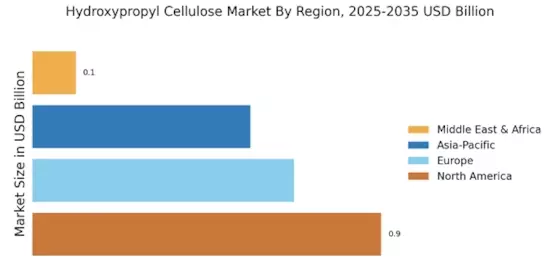
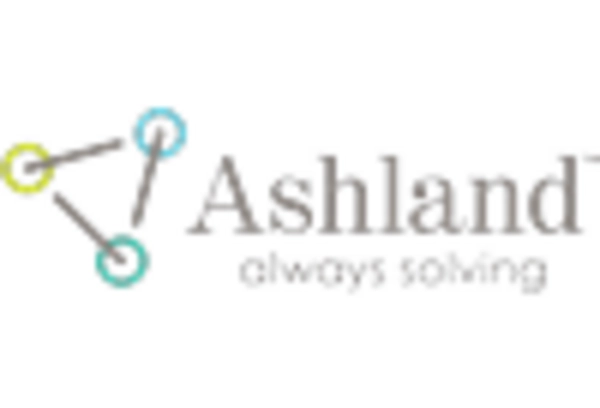
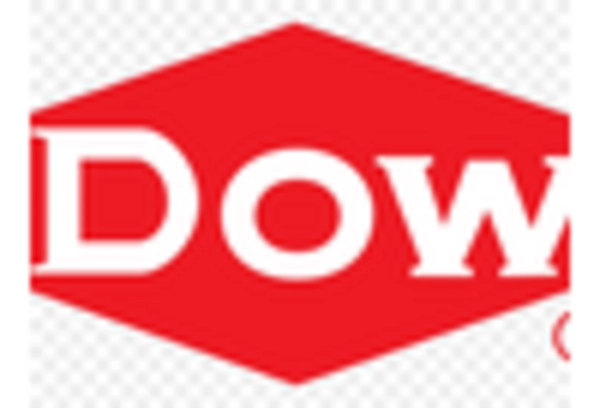
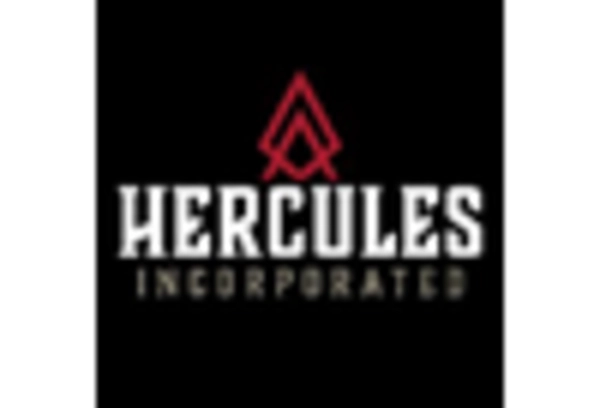

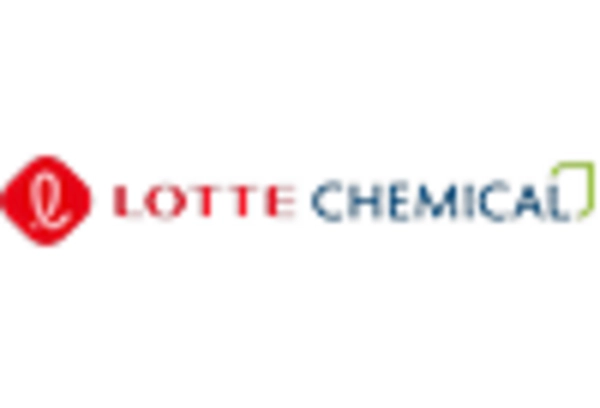









Leave a Comment